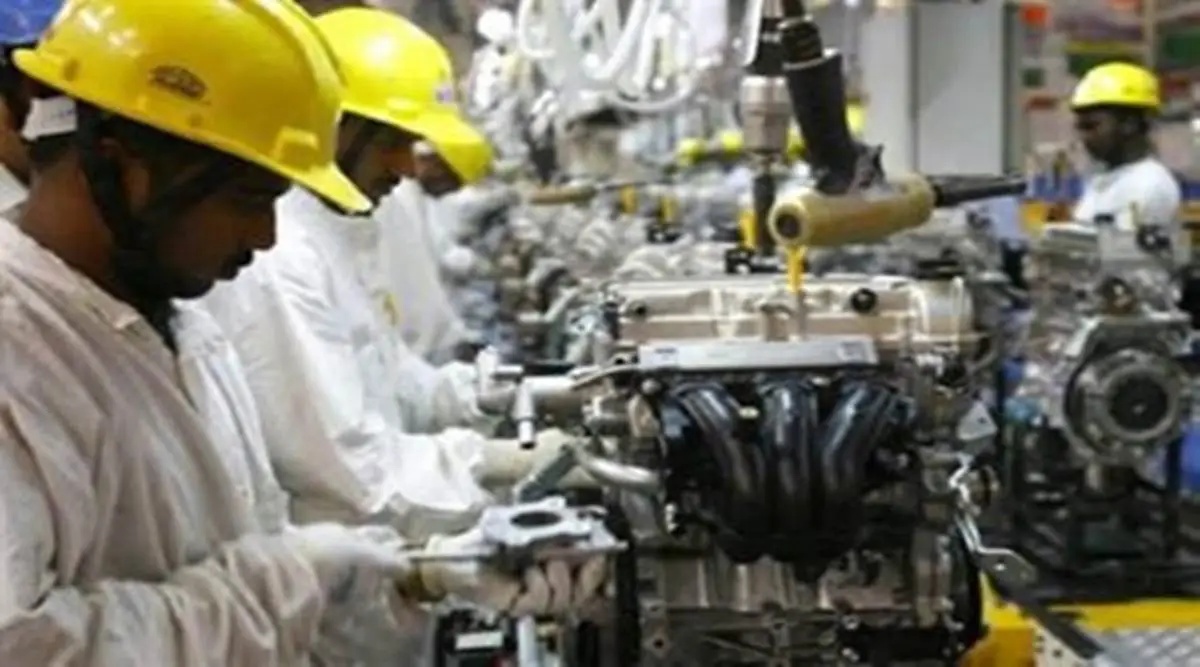Most people won’t buy a plane ticket from Bengaluru to Delhi for 2032 because common sense suggests that a lot of things will change, the relationship between things will change and an airline dumb enough to sell tickets so far in advance will probably be dead. Yet it’s impossible to have a skills development meeting without some well-meaning soul suggesting commissioning a report predicting where the jobs will be in 2032. No one can know what jobs will be created in the long run. A poor country with five million people writing software for the world was unpredictable for India in 1947, 1991 or 2001. But failure to predict hardly means failure to prepare. We argue that empowering graduate apprentices – a three-way contract between an employer, a university and young people – will enable our skills system to heal itself, enroll 10 million young people and make us the most largest learning system in the world.
Cukier, Mayer-Schonberger, and Vericourt framers suggest that humans think in mental models because these representations of reality allow us to see patterns, make sense of our circumstances, and think about the future. But successful mental models require thinking about causality, counterfactuals, and constraints. A political mental model that replaces this difficult work with certainty is not only ineffective but dangerous. Nikhil Menon’s Planning Democracy skillfully sketches PC Mahalanobis’ mental model – our economy as a machine with fixed goals, levers, relationships and actors. This model explains why it took 72 years for 1.3 billion Indians to surpass the GDP of 66 million Britons. Our work was handicapped without capital and our capital was handicapped without work. Our mental model of skills must move from classical physics (simplicity and linearity) to quantum physics (reflexivity and complexity). Graduating apprentices are an important pillar of this new mental model. They embrace five design principles:
Learning while earning: Skills development faces a market failure in funding. Employers are not willing to pay for training or candidates but pay a premium for trained candidates; applicants are not willing to pay for training but for employment; financiers are unwilling to lend unless a job is guaranteed, and training institutions cannot fill their classrooms. Most young Indians cannot pay out of pocket to develop their employability. Supporting income from learning while earning an income is key to increasing enrollment and making it more inclusive. Graduate apprentices attract money – stipends and scholarships – from employers due to the high return on investment resulting from these graduates having better productivity, less attrition and less time required to fill vacant jobs.
Learning by doing: Our skills system has been largely driven by supply – curricula and teachers – rather than demand. The wage premium in the fastest growing part of the labor market – engineering, sales, customer service and logistics – is shifting from quantity to quality technical skills (soft skills) that are not taught but captured. Guaranteed workplace immersion and degree learning theory ensures that children develop the required current, soft and theoretical skills, as employers integrate a practical and theoretical curriculum with actual practice.
Learning with flexible delivery: Skills can be acquired in four classrooms: on-the-job (learning), online, on-campus and on-site (teachers coming to the workplace). Each of them has very different prices. One of us paid Rs 18,000 per hour for a college degree from a US business school while a five-year online apprenticeship costs around Rs 20 per hour. The massification of higher education in India – our 50% GER target – requires equal treatment for all classrooms. Institutions offering degree-based apprenticeships will ensure employability and inclusiveness by combining the four classrooms in varying proportions according to the needs, abilities and means of different employers and young job seekers.
Learning with the modularity of qualifications: Gandhiji envisioned Nai Talim around a holistic and experiential education, but the political caste system between vocational education and degree education was widened – and strengthened – with the Radhakrishnan report ( 1948), the Kothari Commission (1968) and the new national policy on education. (1986). Most students cannot use a three-month certificate as the opening balance for a one-year degree, two-year higher degree, or three-year degree. NEP 2020 proposes to remove the silos between schools, skills and college. Degree apprenticeships provide academic credit for prior skills and for on-the-job learning, as well as full modularity of qualifications through multiple on- and off-ramps between certificates, degrees and diplomas.
Learning with signaling value: IIMs and IITs are good places to be “home” but better places to be “from”. But this signal has created a huge supply – the world has produced more graduates in the past 40 years than in the previous 800 years. Degree holders make up 60% of taxi drivers in Korea, 31% of US high-end cashiers and 15% of high-end Indian security guards. Traditionally, institutions created signaling value by applying strict barriers to entry (IIM/IIT) or strict barriers to exit (chartered accountants). But the massification of higher education – with equality, excellence and employability – requires a different balance between entry and exit doors. Graduate apprentices have higher ability and employability than many pure campus graduates, as the tri-contract is an innovation in funding, signaling value, and delivery. Apprentices became India’s policy priority many years ago – increasing their numbers was point 20 in the 1975 20-point scheme. But execution has been sluggish. We have employers, universities and child volunteers, but the number of graduating apprentices is low due to regulatory cholesterol in three-way apprenticeship contracts, online university licensing, legislative definitions, NSQF path to diplomas , process complexity, quota simplifications, etc. Regulations need to change. There are 10 million good – and young – reasons why graduate apprentices are an idea whose time has come.
Authors are with TeamLease Services

